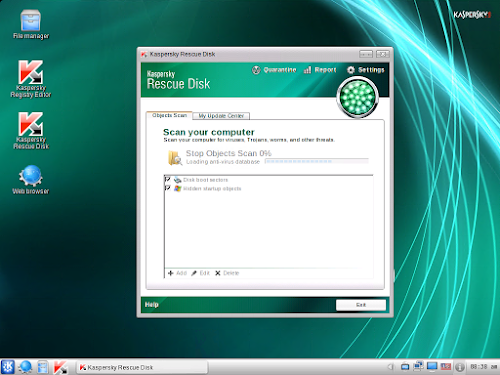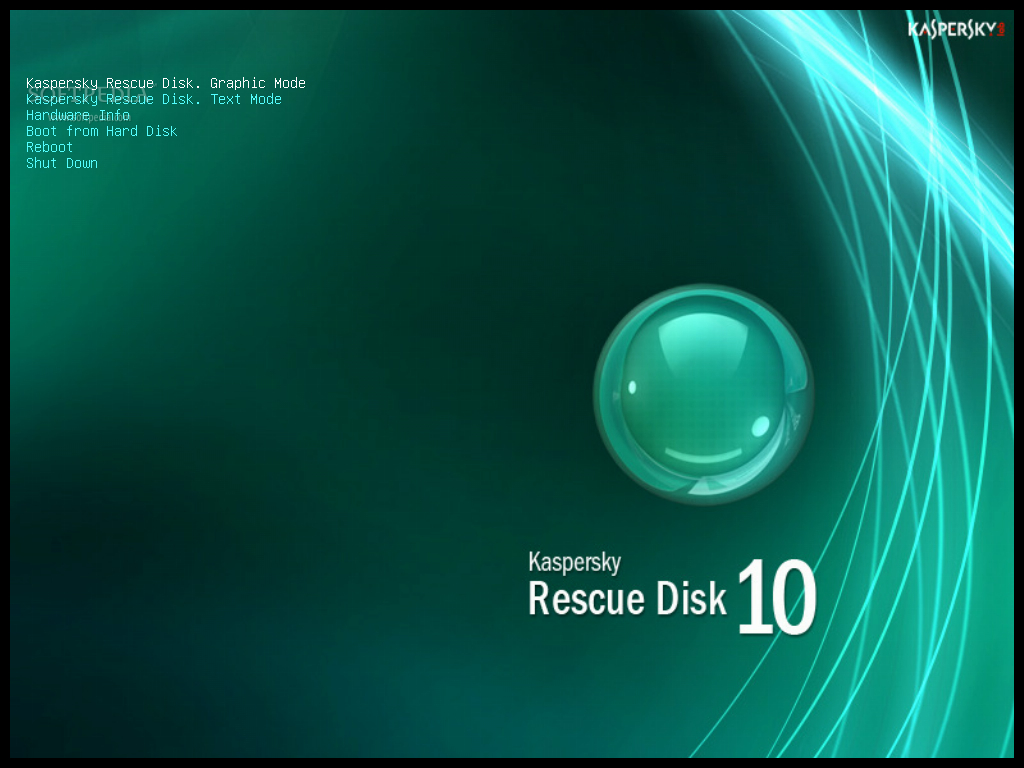
- #How to use kaspersky rescue disk 2018 update#
- #How to use kaspersky rescue disk 2018 software#
- #How to use kaspersky rescue disk 2018 password#
#How to use kaspersky rescue disk 2018 software#
It was designed to be used when regular antivirus software fails in detecting and cleaning a system of various infections. For instructions, see this article.Kaspersky Rescue Disk is a virus removal solution for critical situations. The dump files contain information about the working memory of processes at the time of the process crash. The files are stored in the root of the KRD2018_Data folder. The files are stored in an encrypted form with the name format *.dmp.enc1 and can be accessed by all users. Dump files created during the application’s operation.The files are stored in the KRD2018_Data/Bases folder and can be accessed by all users.
#How to use kaspersky rescue disk 2018 update#
Anti-virus bases downloaded from Kaspersky Lab’s update servers.The files are stored in the root of the KRD2018_Data folder and have name krd2018_hwinfo_*.tgz. The files are stored in an unencrypted form and can be accessed by all users. Files containing information about the computer’s hardware created as a result of selecting the Hardware Info command in the system menu.This data is recorded in trace files if the application uses a proxy server. Username used to sign in to the proxy server.Proxy server address, computer name, port, IP address.Remote IP addresses to which your computer established connections.Addresses of web pages contained in detected objects (for example, web addresses specified as a key for a parameter in the system registry).
#How to use kaspersky rescue disk 2018 password#
Email address or web address with the account name and password if they are contained in the name of a detected object.Microsoft Windows account name, if the account name name is part of a file name.Personal data, including the user’s first, middle and last names, if this data is part of a path to files on the local computer.In addition to general data, trace files can contain the following user data: A description of the event involving command execution by an application component and the result of its execution.Degree of event severity (informational event, warning, critical event, error).Application component that caused the event.Trace files can contain the following general data:

Files are stored in an encrypted form with the name format 1 and can be accessed by all users.




 0 kommentar(er)
0 kommentar(er)
